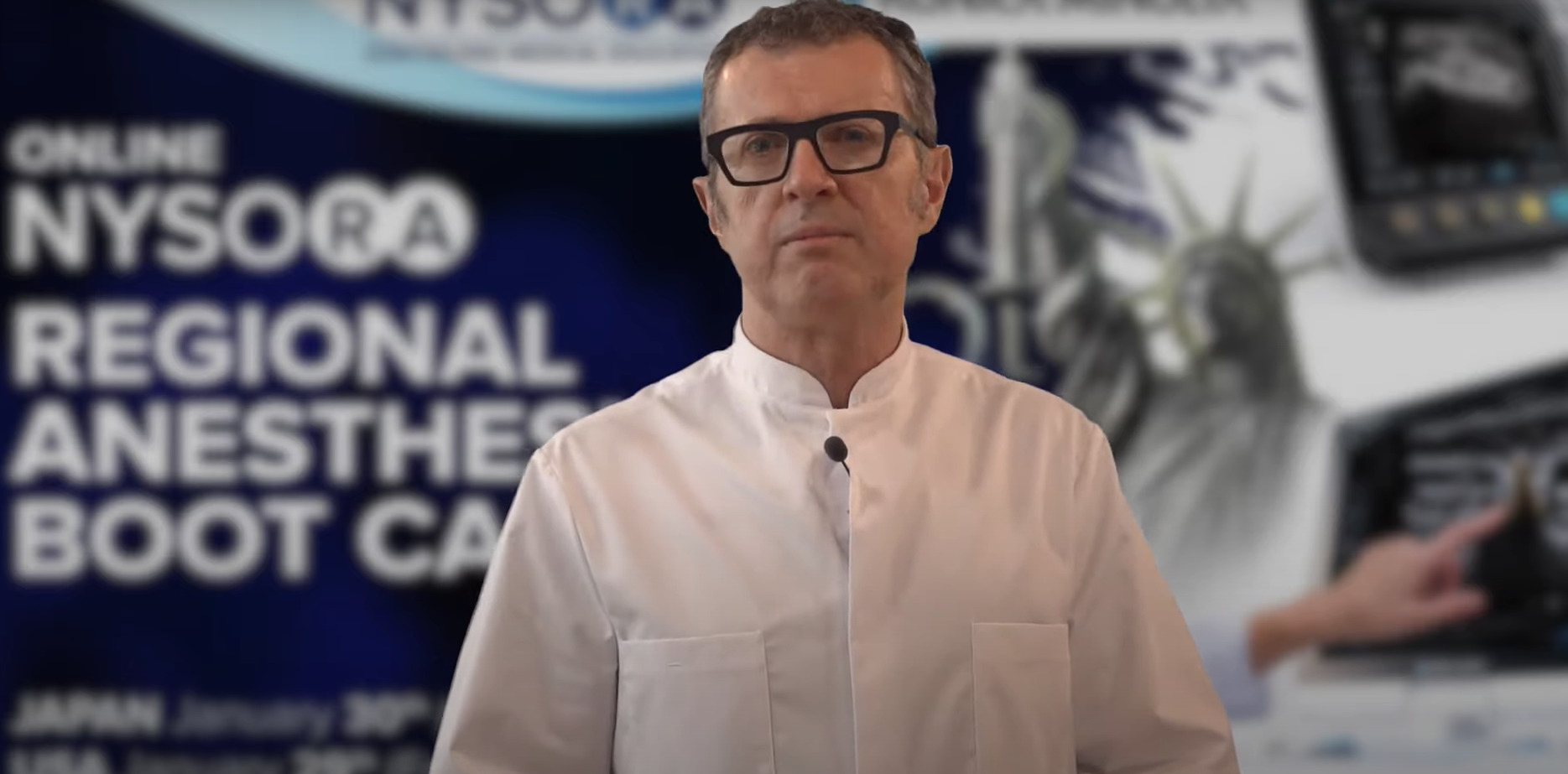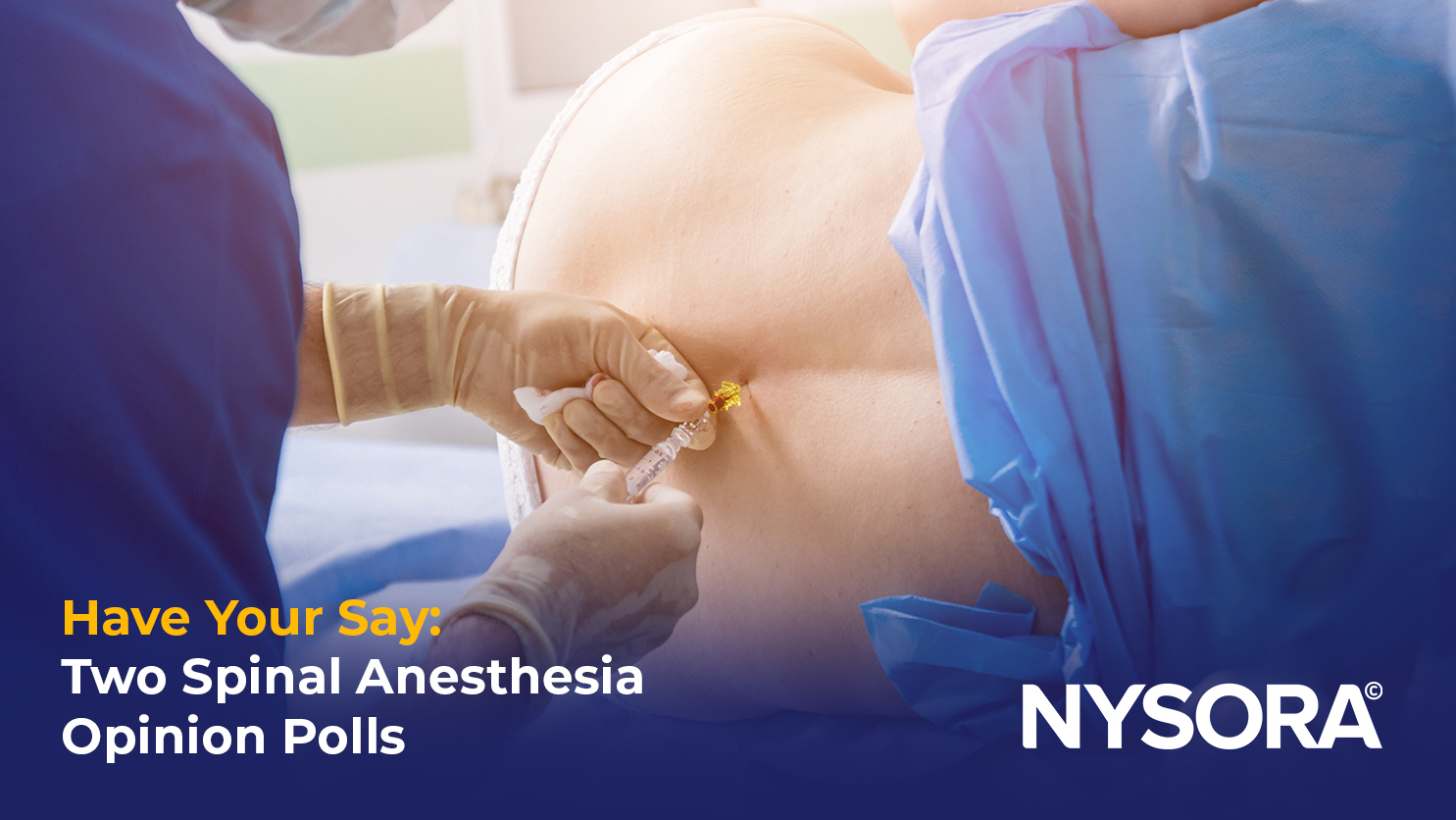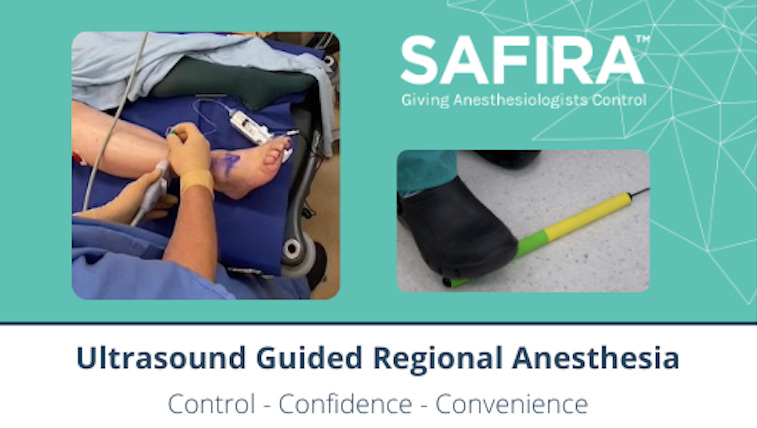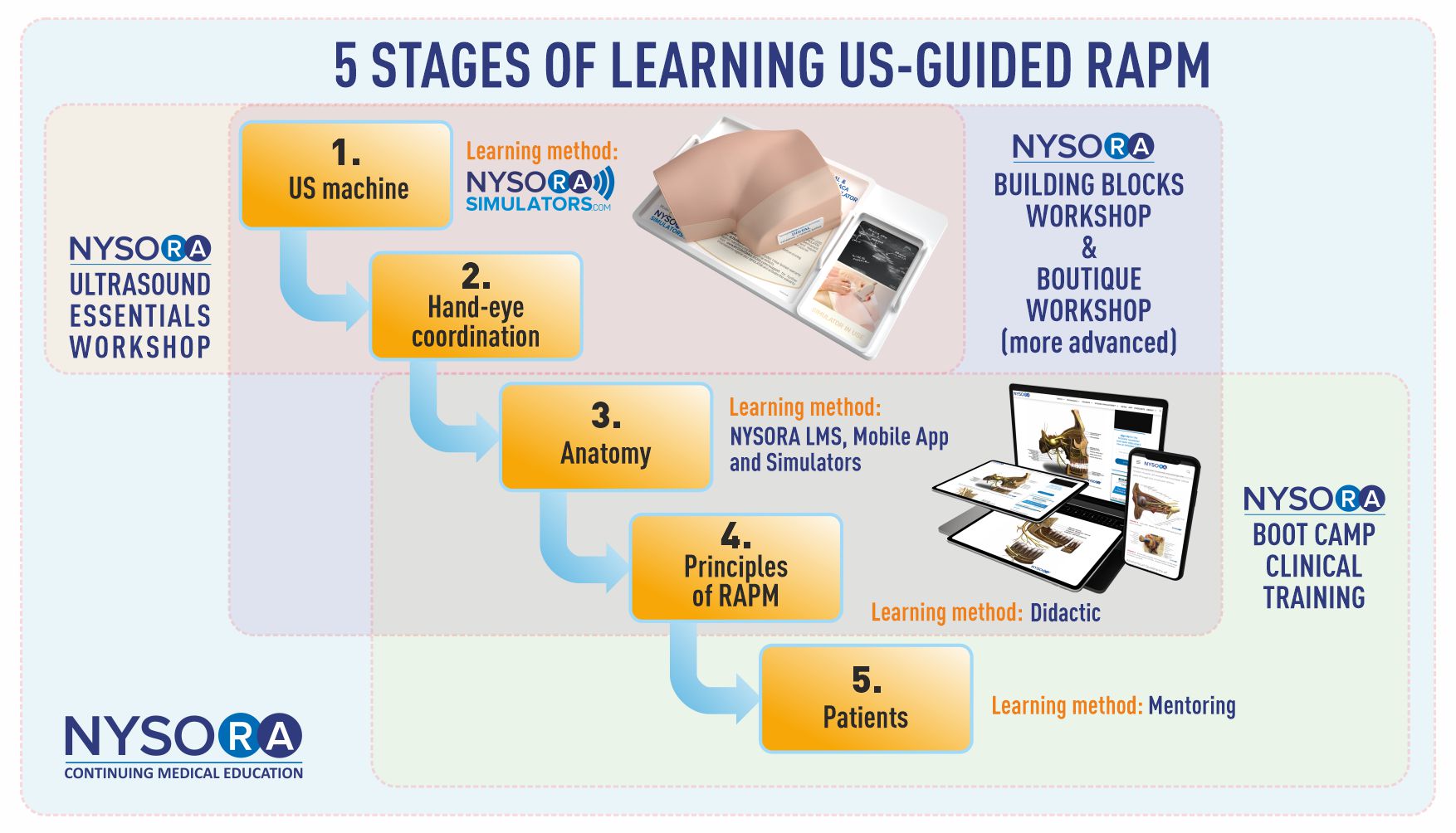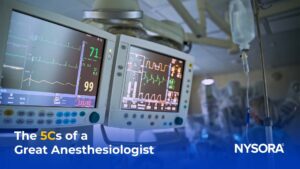Patient safety is the most important goal in the provision of anesthesia care, as stated by the American Society of Anesthesiologists [1], a focus that also applies to regional anesthesia procedures. New technological innovations can help to support this goal and improve patient outcomes.
The use of regional anesthesia (RA) has seen a steady increase given the possible benefits it offers compared to general anesthesia, in terms of potential for reduced length of stay, reduced nausea for patients etc. With the issue of recommendations in 2020 around its use for suspected COVID-19 patients [2] the use of regional anesthesia looks set to continue increasing. As with any medical procedure, RA is not without risk. There is for example the risk of nerve injury during peripheral nerve blocks (PNBs). There are various mechanisms by which PNB procedures can lead to nerve damage, including mechanical, chemical, and vascular causes. One factor that has been shown to increase potential risk of peripheral nerve injury is sustained high intraneural pressures resulting from high-pressure injection [3].
It has been reported that incidences of transient nerve damage can occur in up to 8% of PNB procedures, with more serious examples of nerve damage arising in up to 1% of cases. The consequences for patients range from short-term paresthesia to severe neurologic complications and permanent injury [4][5]. There are also the potential broader impacts of any arising litigation. Analysis of data within the American Society of Anesthesiologists (ASA) closed claims database showed that regional anesthesia is associated with more claims of nerve injury than other types of anesthesia [6]. Other recent research has revealed that in the National Health Service (NHS) in the UK, claims relating to peripheral nerve block doubled in the period 2008-2018 [7].
Recent innovations in the field of regional anesthesia can help to mitigate risks and promote improvements in patient safety. One such innovation is the SAFIRA® system, a technology designed to promote safer injection during regional anesthesia. SAFIRA® has a built-in safety system that automatically limits injection pressure to less than 20psi by stopping injection. By limiting injection pressure SAFIRA® can help to reduce the risk of nerve injury.
The SAFIRA® system also transforms regional anesthesia into a single-person procedure, enabling a single clinician to conduct the entire regional block. Giving the clinician control of injection removes potential errors caused by miscommunication with an assistant that is manually operating the syringe, whilst also removing the need for the assistant to make the subjective decision of whether the pressure feels safe to inject.
Ultrasound-guided regional anesthesia (UGRA) has increased in use amongst professionals practicing RA as it helps to improve needle visibility and needle placement. When used in conjunction with UGRA, the SAFIRA® system promotes patient safety further as clinicians have the additional confidence that they are injecting at safer pressures, further mitigating against the risk of nerve injury.
SAFIRA® promotes improved patient safety by giving clinicians control and incorporating an automatic safety feature. The value of this innovative device was recognised when it was awarded the “Patient Safety Innovation of the Year 2021” at the prestigious HSJ Awards in the UK. Innovations such as SAFIRA® can help to give anesthesiologists the confidence they are delivering the safest care they can for their patients during regional anesthesia procedures.
References
-
American society of anesthesiologists – ‘Statement on Regional Anesthesia’ https://www.asahq.org/standards-and-guidelines/statement-on-regional-anesthesia
-
‘COVID-19: Recommendations for regional anesthesia’ https://www.ncbi.nlm.nih.gov/pmc/articles/PMC7237915/
-
‘Nerve injury after peripheral nerve block—current understanding and guidelines’ https://www.ncbi.nlm.nih.gov/pmc/articles/PMC7808105/
-
‘Complications of peripheral nerve blocks’ https://academic.oup.com/bja/article/105/suppl_1/i97/235950
-
‘Nerve injury and regional anaesthesia’ https://pubmed.ncbi.nlm.nih.gov/17023899/
-
Best Practice and Research Clinical Anaesthesiology – ‘Closed claims’ analysis’ https://felipeairway.sites.medinfo.ufl.edu/files/2009/11/Best-Practice-Research-Clinical-Anaesthesiology-2011-MD.pdf
-
Association of Anaesthetists – ‘Litigation related to anaesthesia’ https://associationofanaesthetists-publications.onlinelibrary.wiley.com/doi/full/10.1111/anae.15685



